Headaches can be a miserable—and for some people, daily experience. They come in different varieties, with tension headaches being the most common. Tight muscles in the neck, shoulders, and/or face create a viselike constriction. These headaches may evolve over the course of a taxing day. Migraines cause repeated episodes of intense, throbbing pain. The pain is usually localized to one side, centering on the temple, around the eye, or at the back of the head.
About 20 percent of migraines are preceded by auras, which are marked by sensory distortion. Several headaches may occur in a single day. Or the cluster of headaches can stretch over a couple of months.


1. Ginger-Feverfew Elixir
How it works: Ginger reduces pain and inflammation. Its antinausea effect may help counteract nausea associated with migraines. Research indicates that feverfew extracts help prevent migraines, possibly due to antiinflammatory effects and the prevention of the arterial constriction in the brain that contributes to these headaches. Fresh leaf extracts seem to work better than dried. Two studies have shown that special extracts combining ginger and feverfew can help to stop an evolving migraine.
- PREPARATION:
- 2 cups (235 ml) water
- 1 teaspoon (3 g) finely grated fresh ginger, packed
- 1 teaspoon (2 g) chopped fresh feverfew leaves, or ½ teaspoon dried
- Honey or agave nectar
- DIRECTIONS: Bring the water to a boil. Add the ginger and simmer, uncovered, for 10 minutes. Remove from the heat and add the feverfew leaves. Cover and steep for 15 to 20 minutes. Strain out the ginger and feverfew. Stir in honey to taste, and serve hot.
- YIELD: 02 SERVINGS
- NOTE: Feverfew is bitter; honey or agave will help the medicine go down.
2. Honey-Cinnamon Coffee
How it works: Caffeine has a paradoxical effect on migraines. For people who consume it infrequently, it can help break a migraine. Scientists aren’t sure exactly how it works, but point to mild analgesic action and effects upon blood vessel diameter and certain brain chemicals. Caffeine also increases the absorption of pain-relieving medications, which is why it’s often combined with acetaminophen or aspirin for headache treatment. However, regular consumption of higher doses of caffeine (more than 300 milligrams, or about 3 cups [710 ml] of coffee a day) can contribute to the development of migraines. Withdrawal from caffeine can also make the head throb.
- PREPARATION:
- 1 cup (235 ml) freshly brewed coffee
- ¼ cup (60 ml) almond or other nondairy milk
- ¼ teaspoon vanilla extract
- 2 tablespoons (40 g) honey
- ¼ teaspoon ground cinnamon
- DIRECTIONS: In a saucepan, combine the coffee, nondairy milk, and vanilla. Warm until hot, but do not boil. Stir in the honey until dissolved. Stir in the cinnamon.
- YIELD: 02 SERVINGS
3. Bay Leaf Broth
How it works: Herbal experts, such as James Duke, Ph.D., recommend bay leaves for preventing migraines. The leaves contain some of the same chemicals as feverfew. Studies show that they block bodily chemicals that dilate arteries. (In migraines, exaggerated dilation of arteries painfully stretches nerves.) To date, no studies have investigated its use in preventing migraines.
- PREPARATION:
- 1½ quarts (1.4 L) water
- 1 onion, diced
- 1 garlic clove, minced
- ¹∕8 teaspoon dried thyme
- ¹∕8 teaspoon dried rosemary
- 1 bay leaf
- 1 celery stalk, halved
- ¹∕8 teaspoon sea salt
- Freshly ground black pepper
- DIRECTIONS: Stir together the water, onion, garlic, thyme, and rosemary in a pot. Add the bay leaf and celery. Bring to a boil. Lower the heat to low, cover, and simmer for 1 hour. (The longer you simmer the bay leaf, the more it infuses the broth with its healing properties.) Remove the bay leaf and celery. Season with salt and pepper to taste. Pour the steaming broth into mugs and enjoy.
- YIELD: 06 SERVINGS
4. Essential Oil Anti-Pain Massage
How it works: Two studies show that peppermint essential oil, applied topically, helps relieve tension headaches. It seems to inhibit pain nerve receptors. In addition, massage is effective in relieving tightness in the tender neck, shoulder, and head muscles by increasing blood flow.
- PREPARATION:
- 1 tablespoon (15 ml) carrier oil (try almond, apricot, or olive)
- 3 to 5 drops peppermint essential oil
- DIRECTIONS: Place the oils in a clean, small jar. Cover tightly with a lid. Shake until combined. Massage into sore areas: neck, shoulders, jaw, or temples. Take care not to touch your eyes. When finished, lie down in a quiet place with your eyes shut.
- YIELD: 01 APPLICATION
5. Essential Oil Pressure Point Relief
How it works: As in the previous remedy, peppermint essential oil relieves headaches by inhibiting nerve receptors. Inhalation of lavender essential oil has also been shown to reduce migraine headache pain as well as nausea and sensitivity to light. Studies also show that this acupressure point and others can relieve pain in people with chronic headaches.
- PREPARATION:
- 1 drop peppermint essential oil
- 1 drop lavender essential oil
- DIRECTIONS: Put a drop each of peppermint and lavender essential oil in one palm. Spread onto your fingers. Press your fingers into the muscles paralleling the spine between the base of your skull and your neck (about two finger widths on either side of your spine).
- YIELD: 01 APPLICATION
6. Hot Headache Relief
How it works: Cayenne contains capsaicin, which interferes with the ability of nerves that transmit information about pain from the periphery to the brain. (Pain, though very real, is all in your head. If the brain doesn’t get the news— well, what pain?) You can find over-the-counter ointments standardized for capsaicin in drugstores. Research suggests that special capsaicin preparations applied inside the nose (which we don’t recommend you do with cayenne pepper or commercial ointments) can help block cluster headaches—severe, one-sided headaches that come in waves.
- PREPARATION:
- 2 teaspoons (10 ml) unscented hand cream
- ¼ teaspoon cayenne pepper
- DIRECTIONS: In a small, clean bowl, blend the hand cream and cayenne. Massage into your neck and shoulders.
- YIELD: 01 APPLICATION
7. Put It on Ice
How it works: Cold reduces inflammation. For some people, cold feels better than heat. Do what works for you. In one study, 71 percent of patients who used a frozen gel pack during a headache found it an effective pain reliever and about half reported that it immediately decreased pain. Another study found that cold applications reduced the frequency of exercise-induced headaches in children. You can also alternate cold packs with hot packs. In theory, this technique narrows (cold), then dilates (warm) blood vessels, creating a flushing effect. For throbbing headaches, end with cold.
- PREPARATION:
- ½ cup (115 g) crushed ice
- 3 drops lavender essential oil
- DIRECTIONS: Place the ice in a resealable plastic bag and seal. (A good substitute is a bag of frozen peas or corn.) Wrap the bag of ice in a damp washcloth and secure with a safety pin. Dot the essential oil onto the cloth and spread across the cloth with your fingertips. Apply the wrapped bag to the painful area, with the cloth against your skin.
- YIELD: 01 APPLICATION
Lifestyle Tip
- Stay hydrated. Drink water or any other beverage without dairy or caffeine, which, in some people, can aggravate migraines. Dehydration can lead to headache.
- Don’t skip meals—an empty stomach can trigger a migraine. Do eat a healthy, balanced diet low in fats. Doctors have seen a reduction in migraines when fats are reduced in the diet.
- Take a nap. Lie down in a quiet place and get some shut-eye. Sleep can be the best medicine for a headache. Sleep deprivation increases pain sensitivity. People with migraines report more insomnia than do people without these headaches. Researchers hypothesize that increased sleep might help manage the condition. a 2007 study revealed that chronic migraine sufferers who received information to help them get more sleep experienced a significant reduction in headache frequency and intensity.
- Tame stress. Stress overload contributes to tension and migraine headaches. We can all learn to better cope. Studies show that stress management therapies can significantly reduce both types of headaches.
When to Call the Doctor
- Severe pain, especially if it’s unlike anything you’ve ever experienced
- Severe headache accompanied by stiff neck and fever
- Persistent or recurrent headache that seems to becoming worse or more frequent.
- Headache accompanied by other symptoms, such as pain or weakness anywhere in your body or loss of vision, that’s not a symptom you have gotten before with a migraine
- Severe or persistent headache after a head injury (other warning signs include nausea, vomiting, memory loss, and trouble concentrating)
- You have a history of high blood pressure or of severe headaches.
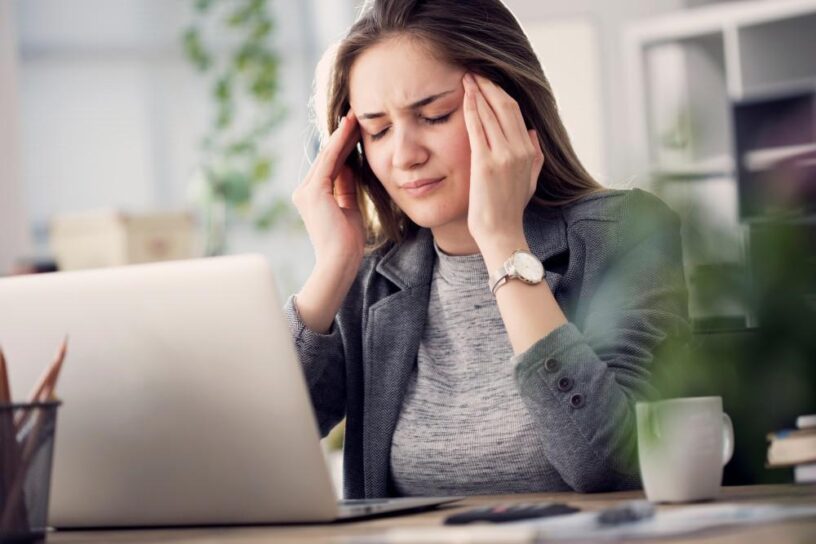
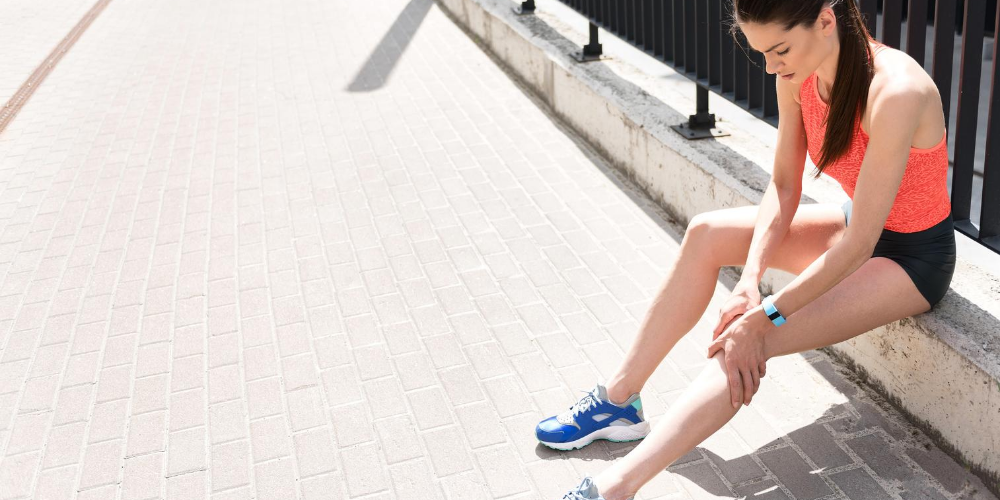
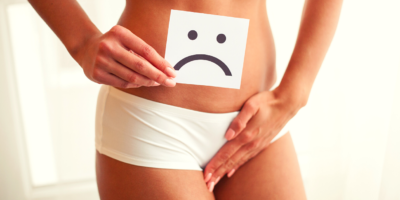
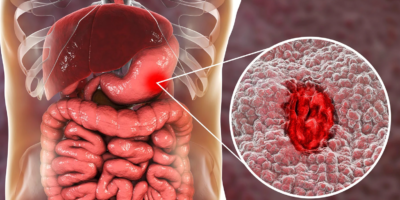

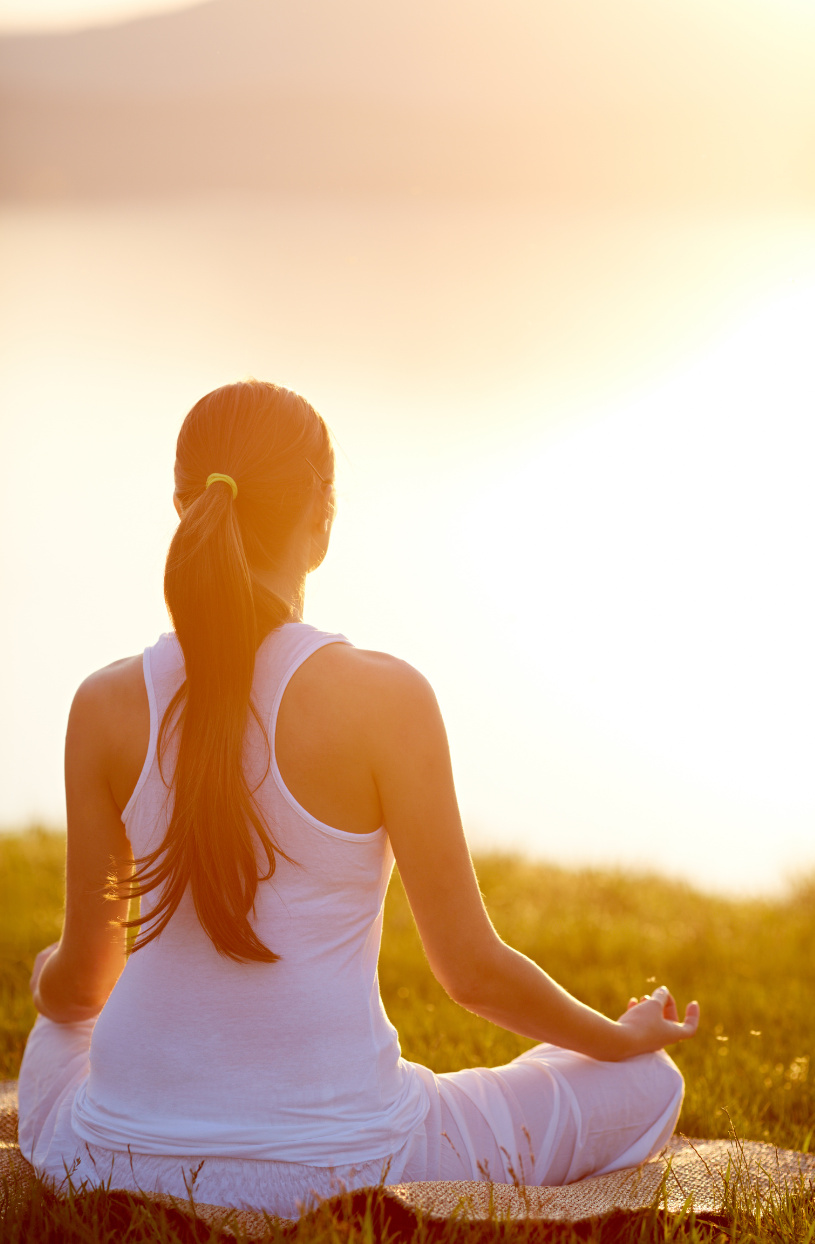
Leave a Reply